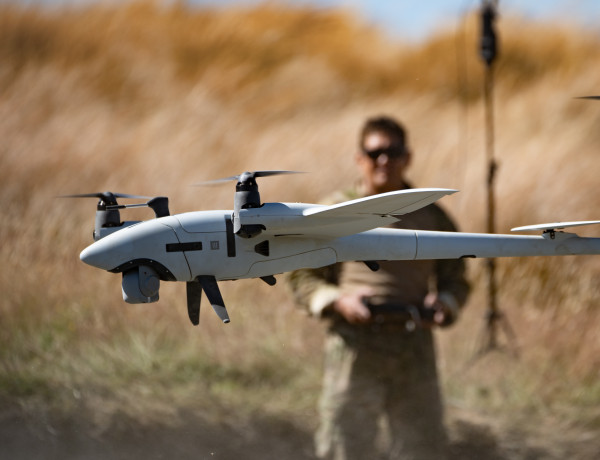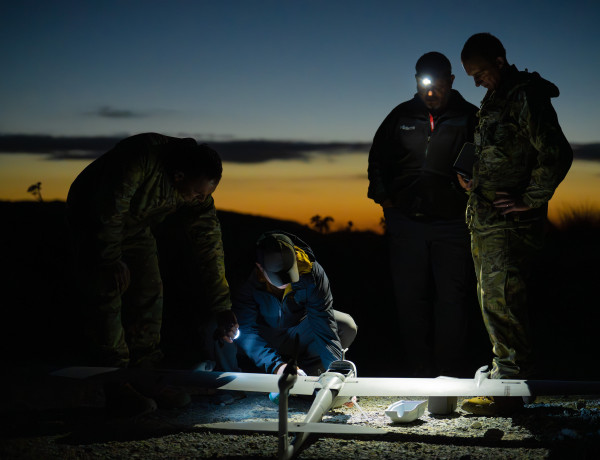The Ministry of Defence has taken delivery of a suite of uncrewed aircraft systems and remote ground sensor systems, testing has been completed, and operator training is underway.
The military grade systems will improve the New Zealand Defence Force (NZDF)'s ability to conduct reconnaissance and surveillance activities in environments that are difficult to access, such as combat zones or cyclone damaged regions. Their primary purpose is to extend and improve situational awareness beyond line-of-sight.
"The new systems will be used by New Zealand Army units deployed on stability and security operations, humanitarian assistance and disaster relief missions, and search and rescue deployments," said Sarah Minson, Deputy Secretary, Capability Delivery.
"The remotely operated systems are expected to reduce the risk to soldiers operating in challenging environments by providing timely and accurate information that enhances risk assessments and decision-making in the field," said Sarah Minson.
The uncrewed aircraft systems (UAS) are being delivered as part of the Ministry's Network Enabled Army programme, which is moving the New Zealand Army's planning, intelligence and communications functions to modern, interoperable and digital-based systems.
The four systems that have been delivered and are being introduced into service are:
- Small UAS - Quantum-Systems Inc. has delivered a number of Vector systems for 16 Field Regiment. These fixed-wing UAS have a wingspan of three metres when assembled and can fly up to 35 kilometres over a period of three hours. They have vertical takeoff and landing capability, are backpack portable, and can be operational within three minutes.
- Micro UAS - EPE New Zealand Limited has supplied a number of Skydio quadcopter systems for the Royal New Zealand Infantry Regiment. They can fly up to 10 kilometres for up to 35 minutes. They are backpack portable and can be operational in less than 75 seconds.
- Nano UAS - Criterion Solutions PTY has supplied a number of Nano Black Hornet UAS for the Royal New Zealand Infantry Regiment. The pocket-sized systems have a single rotor airframe that folds down into a pouch and can be operational in less than 20 seconds.
- Remote Ground Sensor (RGS) Systems - EPE New Zealand Limited has supplied Bertin Exensor Flexnet RGS Systems for the Royal New Zealand Infantry Regiment. They provide a variety of wireless and battery powered sensors and cameras that use seismic, acoustic and infrared sensors to detect and identify moving objects.
The UAS will not be armed. The New Zealand Army will operate them using defence aviation and civil aviation rules.
The equipment will be ready for use from next year.
Image caption: New Zealand Army personnel test the small uncrewed aircraft system at Waiouru Military Camp.


